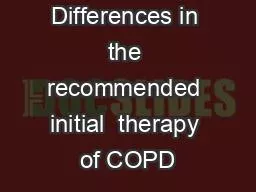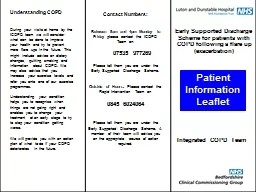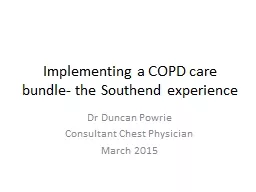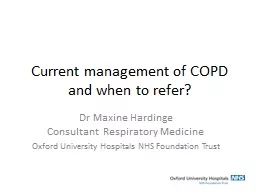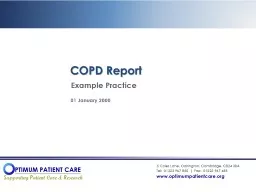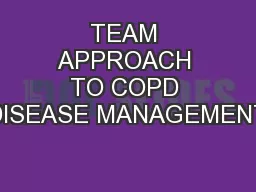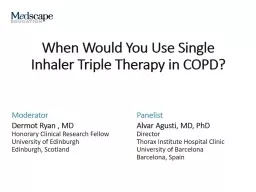PPT-Differences in the recommended initial therapy of COPD
Author : envrrolex | Published Date : 2020-08-26
according to GOLD 2006 and 2011 revisions Ivan Vyshnyvetskyy 1 Yuriy Mostov o y 2 Olexiy Onyshchenko 1 1 Department of Internal Medicine and General Practice
Presentation Embed Code
Download Presentation
Download Presentation The PPT/PDF document "Differences in the recommended initial ..." is the property of its rightful owner. Permission is granted to download and print the materials on this website for personal, non-commercial use only, and to display it on your personal computer provided you do not modify the materials and that you retain all copyright notices contained in the materials. By downloading content from our website, you accept the terms of this agreement.
Differences in the recommended initial therapy of COPD: Transcript
Download Rules Of Document
"Differences in the recommended initial therapy of COPD"The content belongs to its owner. You may download and print it for personal use, without modification, and keep all copyright notices. By downloading, you agree to these terms.
Related Documents

